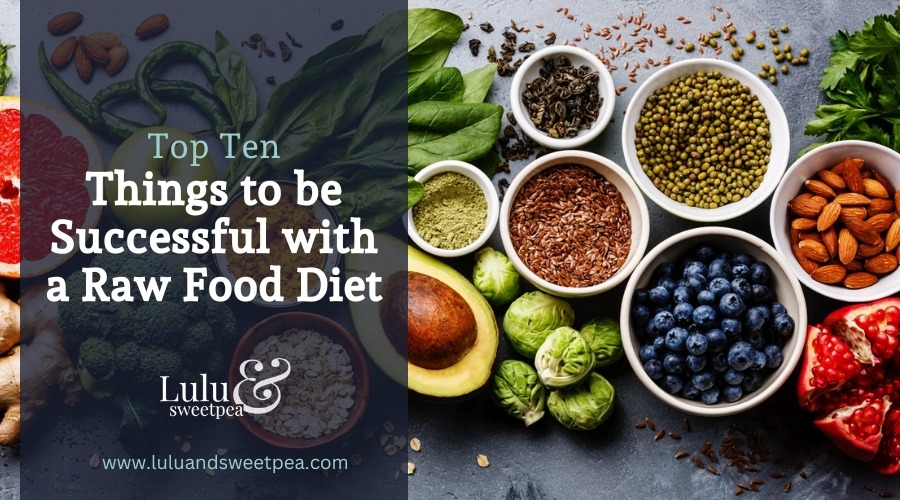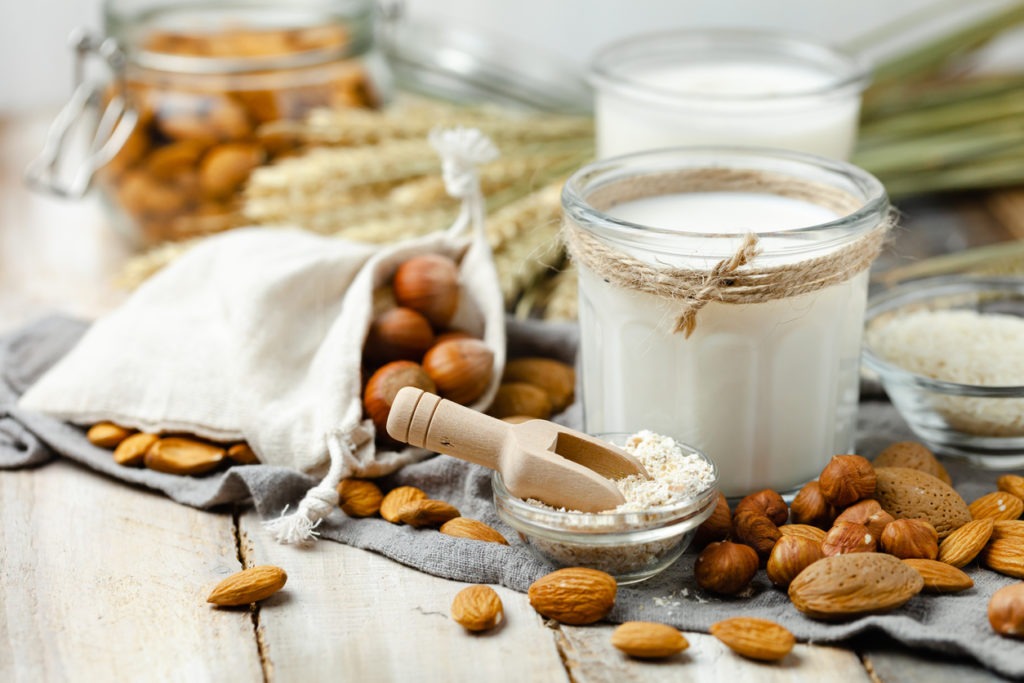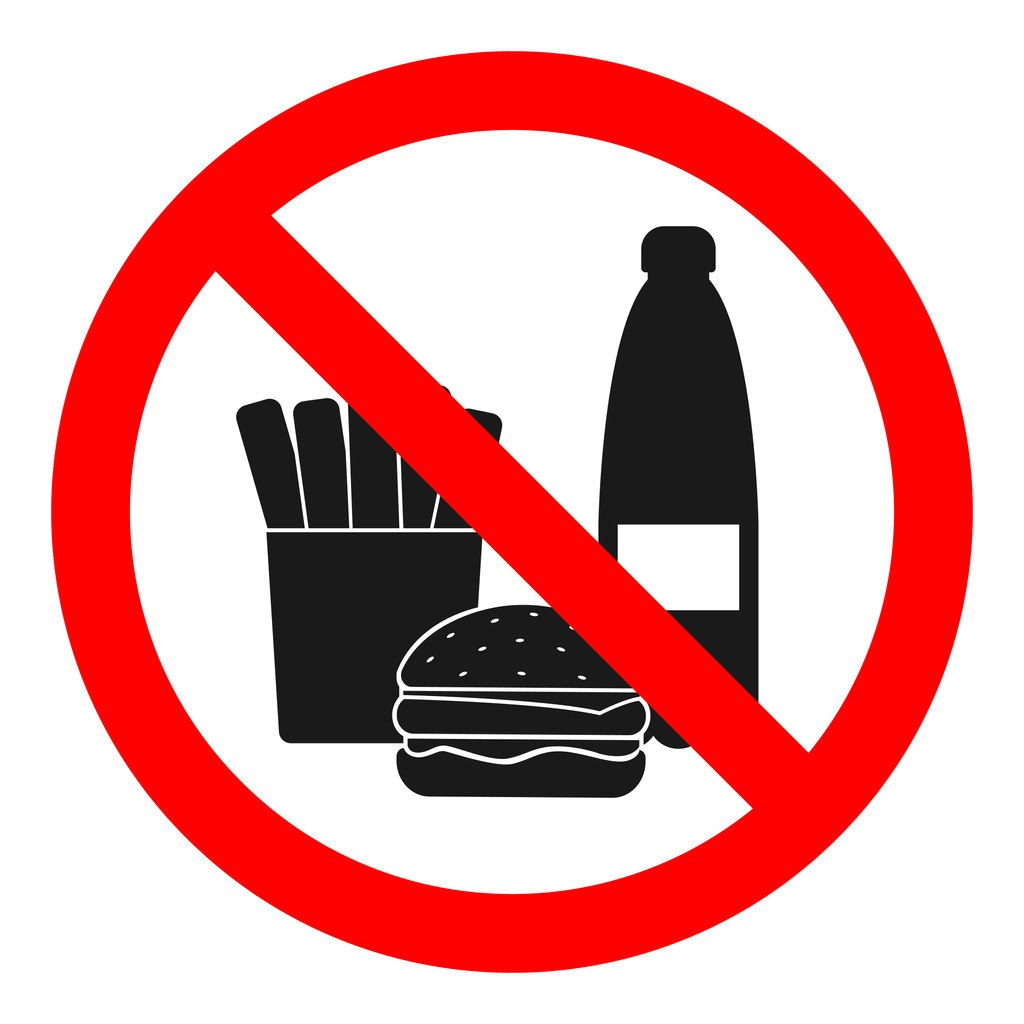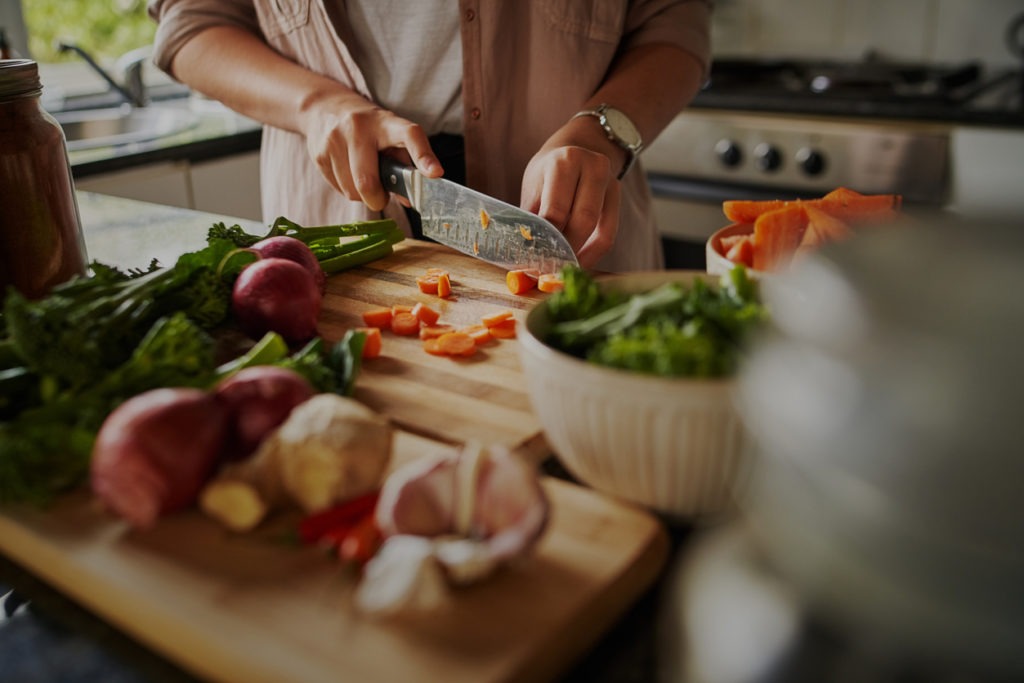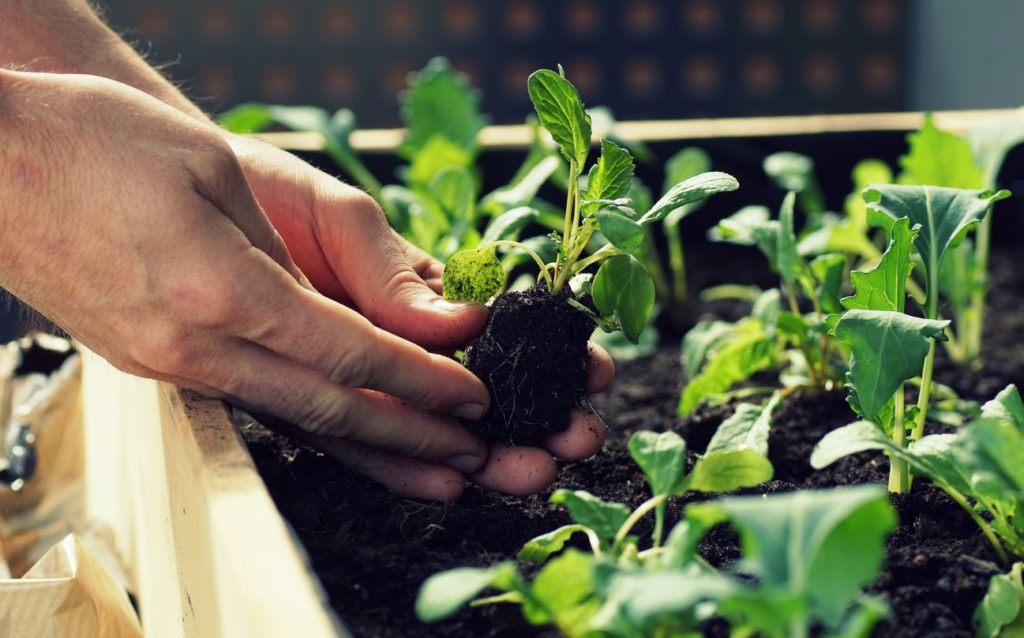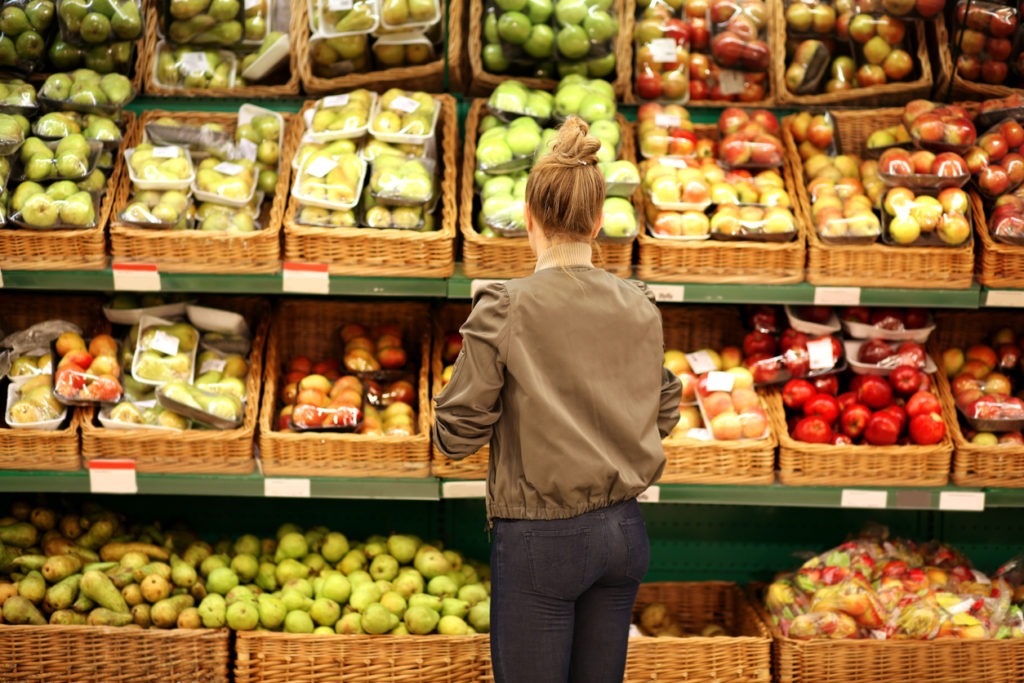Transitioning to a raw food diet can be challenging. A raw food diet consists of exactly what it sounds like: food that has not been cooked. Raw foodists don’t just eat salads; they also consume things like cold-smoked meats, cured fish, and unpasteurized dairy (think sashimi). Some restaurants even offer steak tartar. On the other hand, raw vegans abstain from all these foods in favor of raw produce, nuts, seeds, and sprouted grains. Feeling anxious about starting over, letting go of old habits, and incorporating new ones into your daily routine is natural. With the right approach, you can rapidly surpass this challenge and create your healthiest self. Here are some tips to help you get the most out of your journey to raw food.
1. Take in a healthy amount of calories
Plant-based meals, especially fruit and vegetables, tend to be lower in calories, so it’s important to consume enough of them to meet your needs. Also, remember that fresh, whole plant foods give your body much more nutrients than processed junk food from animal products. This will make you feel better, brighter, lighter, and fuller for longer because your brain won’t have to keep looking for the nutrients it needs, which can cause you to overeat.
2. Put down the unhealthy food and go for a healthy alternative
Some of the simplest snacks to prepare are those made from raw foods. Get some raw almonds, raisins, or goji berries, and you’re set. Instead of carrying unhealthy snacks, always keep some fruit with you. Raw foods make for simple and healthy munchies. It would help if you didn’t depend only on packaged vegan foods. Choose fresh stuff, unprocessed, and whole. You can still indulge in some processed plant foods occasionally, but you shouldn’t make them a regular part of your diet.
3. Preparing your fruits and vegetables is a great reminder to eat your greens
Take 30 or 40 minutes on the weekend or any day of the week when you have extra time to wash, peel, chop, and otherwise prepare your fruits and vegetables. This may seem like a hassle, but it will allow you to make better food choices throughout the week. More stress should be put on this. Have some greens with your dinner. They are high in chlorophyll and beneficial vitamins and minerals, which not only leave you feeling fantastic but also help you relax. Be sure to consume them, whether blended into a smoothie, sipped from a glass of juice, or sprinkled over a salad bowl. They’ll keep you from bingeing, keep you full, and keep your emotions in check. Adding extra greens and other vegetables to your diet will significantly impact your feelings. Always include a raw plant-based powder such as barley grass powder or alfalfa grass powder, celery, cucumber, leafy greens, or a mix of these when preparing smoothies. After adopting a raw food diet, you may have a newfound appreciation for pre-packaged salad mixes and other mixed greens.
4. Make the change easier by taking small, sustainable steps
It’s tempting to make a drastic change while starting a raw food diet to see the fast results and the immediate benefits. However, slow and steady progress is preferable to rapid and dramatic change because of the greater likelihood of success. For instance, breakfast smoothies and juices are healthy alternatives to coffee. Try something different than what you usually eat for lunch. Once or twice a week, go for a raw salad. You can train your body to adapt to this new diet. You should be able to adapt to a raw food diet easily. If you can’t stop craving sweets, eat some dates, which are full of fructose. You can also use raw carob powder, bananas, vanilla, and dates to make a tasty dessert smoothie. Fruit sugars are what your body craves when you crave something sweet; therefore, eat lots of fruit. Even so, it’s easy to think of changing the way you eat as a huge change, whether you’re thinking about a vegan diet, a raw food diet, or just trying to eat better. However, small, gradual shifts are typically more long-lasting than large, sudden shifts. Try not to worry too much about the small successes along the way. That could mean replacing your typical lunch with a huge, raw salad or starting your day with a green smoothie or juice. Such alterations have the potential to enhance health significantly over time.
5. Keep Things Straightforward
Consuming raw foods can be challenging, but it isn’t necessary. Start simple with soups, salads, and slaws as your foundational dishes. Incorporating these items into your diet can help you ease the process of developing raw food recipes. You can learn new skills and try out more advanced methods with practice. But first, you must learn the fundamentals. Preparing raw food can be difficult if you have no experience doing so. Juices, slaws, and salads are preferable for the first few weeks. Get the basics out of the way first to make the change without undue stress. Sooner or later, you’ll be better equipped to handle more complicated recipes that call for tools like food dehydrators and processors. However, master the basics first.
5. Set Your Goals
Without question, you need to have a plan. If you’re considering switching to a raw food diet, a little preparation might go a long way. Set at least two or three recipes you can make for the next few days. Doing so will allow you to get the preparation work out of the way and onto the actual cooking much more quickly. When it comes to getting ready for something, a little forethought goes a long way. At the very least, you should have the basic ingredients for at least two or three meals and some pantry staples planned for the week salad dressings, hummus, cooked grains, and legumes. Invest in necessary recipes and put leftovers to good use.
6. Grow your food to ensure its freshness
Although, using a dehydrator is a terrific way to make healthy raw snacks like kale chips, fruit leathers, and flax crackers. Salads, soups, smoothies, vegetables, and pasta are simple, easy-to-make foods that can be made with a good set of knives and a basic blender. Still, they will take up much less room in your diet. Since raw food costs have been steadily rising, producing raw food is a great way to save money. Saving money is a nice side effect, but the real payoff comes from enjoying the fruits of your labor in the form of delicious, healthy food. Also, you can rest assured that your food was not grown with any artificial chemicals or fertilizers; thus, it is free of harmful additives.
7. Don’t overcomplicate things!
Maintaining a high-raw food diet is mostly achieved by keeping things basic. Most individuals are overwhelmed by the endless variety of ingredients and preparation methods. Producing healthy foods like green juices, smoothies, and salads takes only a few minutes. Then, fill up on fruit between hours, such as a feast of five mangoes, a few pounds of grapes, or an entire pineapple. Preparing meals may be easy, too, especially if you make a large batch of vegan stew or chili and store it in jars in the freezer.
In a pinch, you can make a breakfast smoothie with pineapple, spinach, oranges and then have an afternoon snack of sliced apples and date caramel. You might have fruit soup for lunch, consisting of a milky base made from bananas and water. You add chunks of berries, mulberries, sliced bananas, and whatever other fruit is in season. Sliced fruits and veggies would be a healthy and tasty option for a post-activity snack.
As an alternative, you could have raw food for dinner. Dinner can be zucchini pasta or a huge salad with greens, tomatoes, avocado, lemon, dill, and whatever else you choose. Premade soups, stews, or chilis, accompanied by a salad and gluten-free baguette, would be a good, cooked supper option. Alternatively, you may pan-roast the vegetables with the herbs and then serve the mixture over a bed of quinoa and mushroom. Keep everything simple; simplicity usually yields superior flavor.
8. Shop for essentials at the supermarket
You should clean out your cupboards, refrigerator, and freezer of anything that isn’t raw food and go shopping immediately. Beans, quinoa, wild rice, oats, and condiments like tahini, apple cider vinegar, and tamari are great things to start stocking up on in an emergency. Be sure to fill your freezer with organic berries like blueberries, raspberries, and strawberries. Due to the wide availability of nut and seed kinds of milk, anyone with a milk addiction can easily switch to a plant-based alternative. Legumes, such as chickpeas, lentils, green peas, black-eyed peas, and kidney beans, are excellent to satiate the palate while switching from cooked to raw foods. Foods made from highly processed ingredients, such as soy-based veggie tenders or vegan “salami,” should be avoided. Daiya is one example of a cheese that is suitable for vegans. Make sure you avoid anything with too much-added sugar by reading labels. Make sure to pick up some herbs and spices as well; they may completely transform a dull dish into a mouthwatering, colorful, and flavorful one.
9. Take the time to learn
You must begin reading and learning to adopt a raw food diet. Changing your diet to veganism and raw veganism may have felt like a logical progression, but you should continue educating yourself. There will be new information for you to absorb every day, every week, and every month. Think carefully about why you want to go to a plant-based diet and if that means cooked or raw foods. Is it for your health because all your pals are doing it or because you recognize the absurdity of animal husbandry ethics? Find out what makes a raw food diet work and model your life after people who have been successful at it for a long time. Food Inc., Earthlings, Fat, Sick, and Nearly Dead, and Forks over Knives are just some of the documentaries you can view. They will enlighten you, inspire you to make positive changes, and pique your interest in the raw food lifestyle.
CONCLUSION
Seventy-five percent of your daily calorie intake should come from natural sources if you want to be strictly raw food. Fruits, vegetables, nuts, and seeds form the backbone of most raw food diets. Similarly, grains and legumes are typically allowed if they are soaked or sprouted before consumption. People often switch to a raw food diet because they think it helps them lose weight, feel healthier overall, have more energy, and deal better with long-term health problems. Fruits, vegetables, nuts, and seeds form the backbone of most raw food diets. Even though grains and legumes are typically allowed, they generally require pre-soaking or sprouting before being consumed.
The health benefits of consuming raw foods are so great that many individuals are converted to this diet. However, you can stick to something other than a raw food diet to get the rewards of this eating style. Learning to prepare and eat tasty raw foods is just about getting more nutritious food into most people’s diets. With education, you can avoid the traps of any healthy eating plan.
